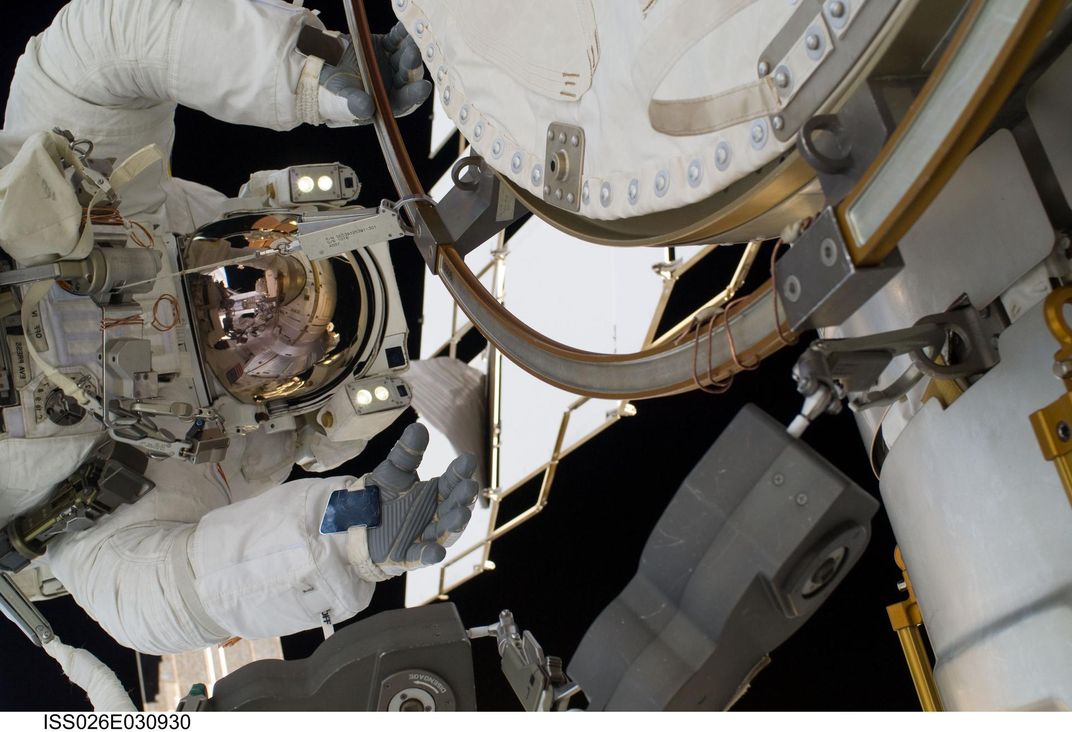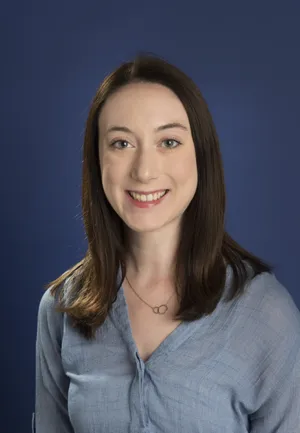Astronaut Alvin Drew on the Final Days of Discovery
:focal(791x464:792x465)/https://tf-cmsv2-smithsonianmag-media.s3.amazonaws.com/blogging/featured/Alvin_Drew.jpg.jpg)
Astronaut Alvin Drew has reached incredible heights during his more than three decades in the aerospace field: As a command pilot in the United States Air Force, he’s flown more than 3,500 hours and piloted 30 different types of aircraft. In 2000, he joined the NASA ranks as a mission specialist, and flew on two spaceflights, including Discovery’s final mission in 2011.
For Drew, that lifelong love of science and aviation all started in a classroom, when he was growing up in Washington, DC: “I still remember my first science lesson—about the scientific method—where the first step was to explore your environment and be observant. To reinforce the point, the teacher took us out the door on our first field expedition. I was hooked.”
Now, almost 50 years since that inspiring science lesson, Drew shares his reflections on a lifetime of exploring the universe.
What inspired you to become an astronaut?
Just about the time I was starting kindergarten, we saw my father off on a business trip from Friendship Airport (now Baltimore-Washington International Thurgood Marshall Airport). Back then, there were observation decks and I remember, when it came time to leave, being pried away from the rail overlooking the jets. I couldn’t get that experience out of my head; that flight line was where I needed to be.
A year later, I had a similar epiphany when our school principal made sure we all watched the launch of Apollo 7. Now I was in a quandary. I asked my Dad if I should pursue becoming a pilot or an astronaut. He told me I could do both. So, as a six-year-old boy, I made my career decision.
I don’t remember any other shuttle—being made up of 2.3 million moving parts—ever performing perfectly, but Discovery had been flawless.
While serving on STS-133, Discovery’s last mission, you went on two spacewalks (and even became the 200th person to walk in space!). What was it like to go on an EVA (extravehicular activity)? How long did it take to train?
Spacewalking is a mind blowing experience—doing seemingly mundane repairs and installations with the whole Earth on one side of you and the entire universe on the other (and try not to be distracted!).
The training was years long: basic indoctrination, advanced skills (for International Space Station tasks), and finally specific mission training. We would primarily train in the Neutral Buoyancy Laboratory (NBL)—a giant pool half the size of a football field and four stories deep, but we would also train in a virtual reality (VR) simulator. NBL runs are complex and expensive, so we would also scuba dive in the pool, to familiarize ourselves with the upcoming tasks in advance of each run. I was surprised at how much the actual spacewalks really looked like the VR simulation and felt like the NBL runs.

What were you responsible for as a mission specialist on the final flight of the Discovery? Do you have a favorite memory from that mission?
On STS-133, Nicole Stott and I shared duties as flight-deck engineers for launch and return. In oversimplified terms, the pilots were to make sure Discovery went to the ISS and back, and the engineers were to make sure that all of Discovery’s systems were operating correctly. On orbit, the pilots and I operated Discovery’s robot arm primarily to scan the orbiter for debris damage, but also to crane over cargo to the ISS. Finally, Stephen Bowen and I performed two spacewalks to upgrade and repair the then-13-year-old space station.
Despite all of the extraordinary experiences I got to have in space, the most profound moment happened on the ground shortly after we landed at Kennedy Space Center. We were doing our post-flight walk-around of Discovery when members of her processing crew asked me how the shuttle performed. “Just perfect,” I replied. I went on to remark that I don’t remember any other shuttle—being made up of 2.3 million moving parts—ever performing perfectly, but Discovery had been flawless. The crew all just beamed with pride. Just then it hit me: This was the final act for this crew. They would be receiving pink slips as soon as Discovery had been post-processed. “Professionals to the very end,” I thought to myself, and then I found a private spot behind the landing gear until the lump in my throat went away. People put Discovery into orbit and people had returned her safely to Earth 39 times, and because of that moment, I will never forget that.
What advice would you give to young people interested in an aerospace career?
I’m trying to think of even one technology revolution – radio, radar, lasers, digital, nuclear, GPS, etc. – that hasn’t found its way into aerospace. Since the Montgolfier brothers, aviation has been a crude but effective prosthetic tool for achieving our need to fly. With each technology advancement, that tool has become more refined and has made aviation more effective, safer, and more comfortable. This has always taken resourceful and imaginative individuals, willing to “do the math” and test their assumptions, to attain that next great leap. If that shoe fits you, then bring it! The field needs you, and there’s plenty of fruit left to pick.

